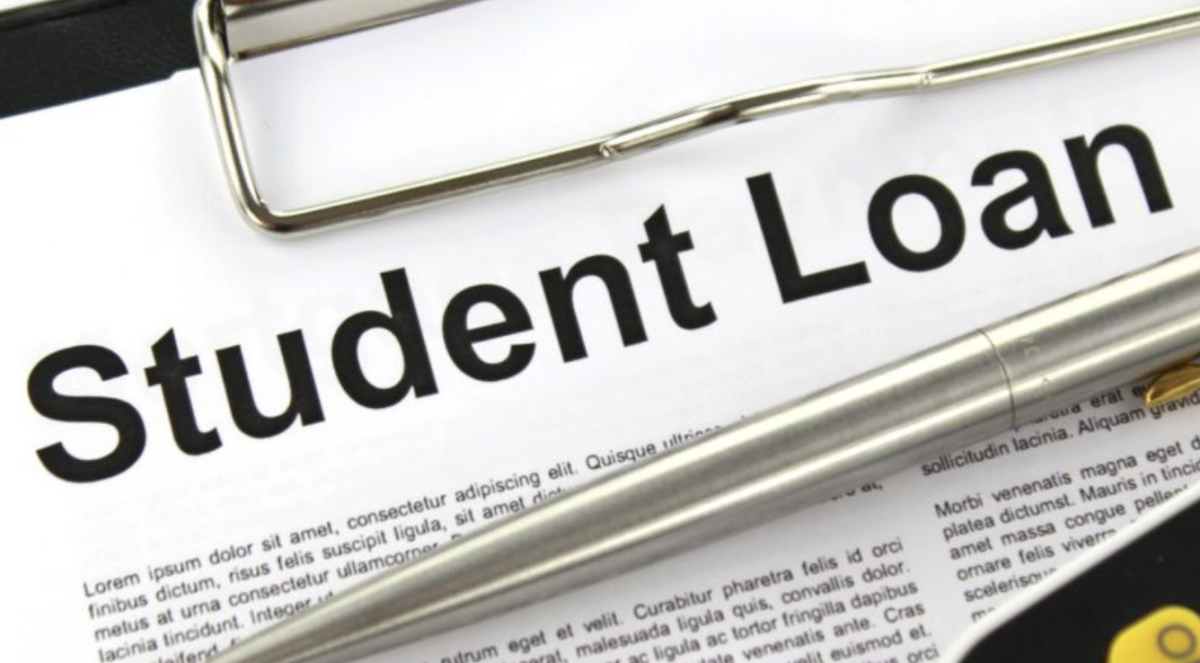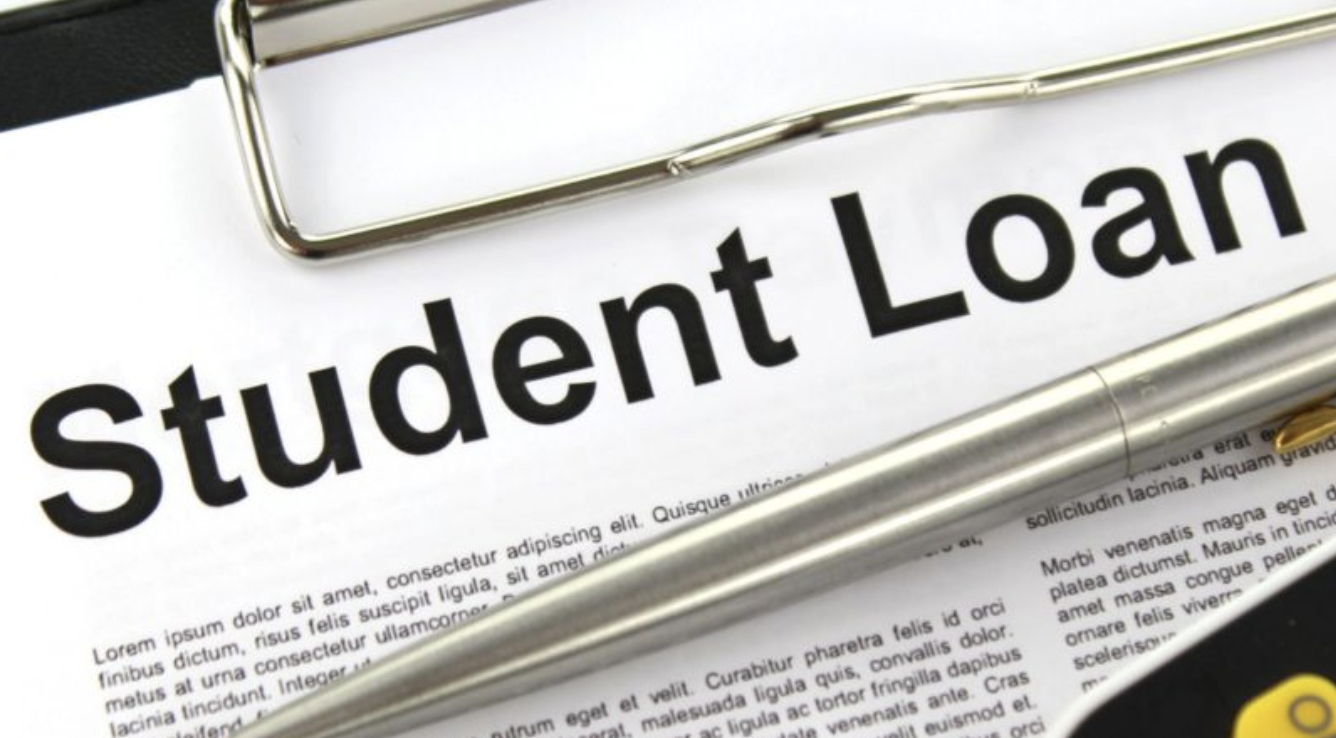On April 6, President Joe Biden made the decision to continue the student loan debt pause through Aug. 31. The moratorium was initially proposed in March 2020 under Donald Trump’s presidency and was intended to last 60 days. The pause has now been extended six times through Biden’s time in office.
The student loan payment pause was originally made in order to provide relief amidst the ever-evolving COVID-19 emergency. The government decided to pause loan payments and set interest rates to 0% on eligible student loans. Studentaid.gov wrote that interest is usually added to the balance when a deferment or forbearance comes to an end, but because this pause is due to COVID-19 relief, no interest will be added after the grace period.
According to the Committee for a Responsible Federal Budget, forgiving $10,000 in student debt per borrower would eliminate debt for about 15 million people, reducing total debt obligations for the other 28 million people, and lowering the total national student debt portfolio by 25%. On the other hand, forgiving this amount in student debt would have a big impact on the US economy, costing the federal government roughly $245 billion.
On the campaign trail, Biden pledged to cancel at least $10,000 of student debt per person. Some leaders on the senate are pushing Biden to fully cancel certain amounts of debt for student loans and finally work toward the issue. If some see it as possible to do such a thing, why isn’t it happening?
“What’s the pause for? Why not continue to look for ways to excuse the loans. I took out loans because I had to support myself for school. Now I’m going into the field of education where I’m already underpaid.” said Zoe Ashworth, a graduating Huthins major at Sonoma State University.
Over the past two decades the federal government and states have provided financial support for higher education. In recent years, their levels of contribution have shifted significantly due to the increase in need-based pell grant financial aid programs. For example, in 2017 California lawmakers passed a law making community college free for first-time, full-time students who didn’t receive the state’s tuition waiver for low-income students. This is a significant instance where the government has shown the ability to cut back the cost of education.
“Free college tuition programs have proved effective in helping mitigate the system’s current inequities by increasing college enrollment, lowering dependence on student loan debt and improving completion rates, especially among students of color and lower-income students who are often the first in their family to attend college,” according to edsource.org.
Education is a high priority in the nation and even across the world, but the cost to do so is intimidating to many. The pressure of needing a degree to move forward but being stuck with years of debt post-grad makes college especially daunting for young adults. The COVID-19 pandemic has influenced more backlash from students who feel like paying tuition is pointless. Across the nation, students have taken more gap years, transferred to cheaper schools and programs or just dropped out in general in response to this issue.
Our nation has shown that it has the ability to put 0% interest on student loan debt. Making this a permanent to semi-permanent measure would be a step in the right direction toward making school more affordable. An issue with it is it really only benefits those who have graduated and/or those paying hefty amounts in loans. It would make more sense for leaders to either cut back on the cost of tuition, or add more opportunities for students to feel like what they’re paying is worth it.
“I think Biden’s continuation of the student loan pause is a great thing for students while he figures out something more long-term which might include completely erasing the debt,” said Mariah Brown, a fourth year Psychology major at SSU.
It’s been estimated that eliminating tuition for all students would cost taxpayers $79 billion a year, according to the U.S. Department of Education data. The federal government did spend $91 billion in 2016 on policies that subsidized college attendance.
The pause on student loan payments is an opportunity for Americans to realize what the nation is actually capable of and holding the government accountable. Seeing how things have changed in the midst of a pandemic and still finding ways to best support its citizens, the US can now look for more beneficial long-term solutions for college students.





![[Both photos courtesy of sonoma.edu]
Ming-Ting Mike Lee stepped in as the new SSU president following Sakakis resignation in July 2022](https://sonomastatestar.com/wp-content/uploads/2024/04/CC4520AB-22A7-41B2-9F6F-2A2D5F76A28C-1200x1200.jpeg)



























